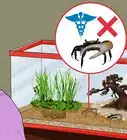This article was co-authored by wikiHow Staff. Our trained team of editors and researchers validate articles for accuracy and comprehensiveness. wikiHow's Content Management Team carefully monitors the work from our editorial staff to ensure that each article is backed by trusted research and meets our high quality standards.
This article has been viewed 277,645 times.
Learn more...
Sand crabs aren't the same as "Mr. Krabs" in Spongebob or the huge reddish orange ones that you would find in a seafood restaurant. The ones you are trying to catch are duller and smaller, and are able to blend in with sand better. So if you wish to catch a few, give these suggestions a go.
Steps
Finding Sand Crabs
-
1Find a beach, gather your stuff, and head off.
-
2Start heading towards the water. If it's too cold, try to get used to the temperature.Advertisement
-
3Find a place where the water goes up to you and goes back to the ocean. This is what the sand crabs need so they don't escape when you don't want them to and so they don't get too dried out.[1]
-
4Look for a spot near the shore where there are small "V"s that appear as the wave rolls out. The "V" is the set of antennae that belong to a sand crab.
Retrieving the Sand Crabs
-
1Once you've found a spot, dig a hole. You don't need a hole as deep as an abyss. You want one about half of a foot deep.[2]
-
2When the water comes, start digging just a little. When you start digging, it's likely that a sand crab will start swimming around in the puddle.
-
3When you see the sand crab swim, try your best to use both hands and catch it. Sand crabs like to bury themselves in the sand so try to be quick. When you hold it in your hands, don't crush the sand crab before it goes back into the water.
-
4If digging around a "V", pick up the sand around a "V". Let the crab crawl out of the sand while in your hands or on a flat surface.
-
5If you plan to keep the crab for a while, place it in a bucket filled with moist sand.
Community Q&A
-
QuestionWill sand crabs hurt a person, or do they run away?
 Cat4242Community AnswerThey won't hurt you, but they can run pretty fast. They do try to burrow, and that can tickle or pinch a little - but nothing painful.
Cat4242Community AnswerThey won't hurt you, but they can run pretty fast. They do try to burrow, and that can tickle or pinch a little - but nothing painful. -
QuestionDo sand crabs live in Florida, or somewhere else?
 Community AnswerThey do live in Florida, and in many coastal, subtropical and tropical locations.
Community AnswerThey do live in Florida, and in many coastal, subtropical and tropical locations. -
QuestionWill the sand crabs bite me if I try to pick one up and hold it in my hand?
 Community AnswerThey don't bite. They just tickle because they try to burrow.
Community AnswerThey don't bite. They just tickle because they try to burrow.
Warnings
- Sometimes, seagulls will want to eat the sand crab so beware of bird scat and hungry birds.⧼thumbs_response⧽
- There will be a time when you need to dig a different hole when you can't quite find any.⧼thumbs_response⧽
References
About This Article
Sand crabs, also known as sand bugs, sand fleas, or mole crabs, are small crustaceans that burrow in the sand. You can find sand crabs in the area where the water reaches the sand and goes back into the ocean. You'll want to look for spots near the shore where small "V" shapes appear as the waves roll back. Once you've found a spot where the sand crabs antennae have left the "V" shape, start digging a hole 6 inches (15 cm) deep. Water may fill the hole, but you want to keep digging until you see a sand crab. You will want to cup your hands to try to catch the sand crab. Be sure not to crush the sand crab between your hands. When you're collecting sand crabs, you'll want to place them in a bucket filled with moist sand and some water to ensure that they do not die. At the end of your sand crab search, be sure to release any sand crabs you've caught back into the ocean, as they need the beach environment to survive. For more tips, like how to stay safe while hunting for sand crabs, read on!
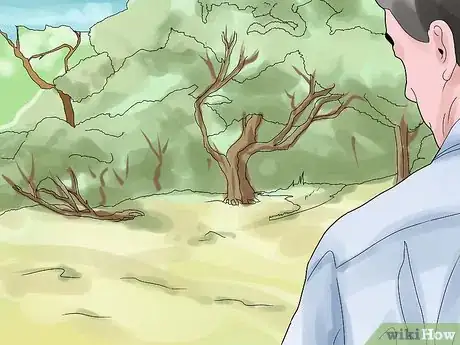
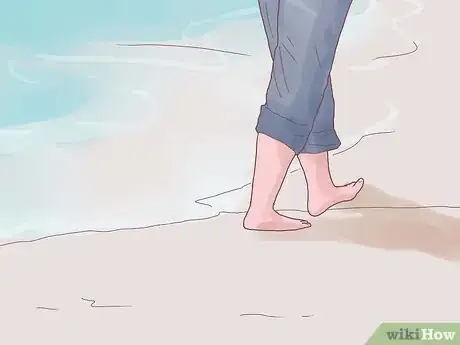
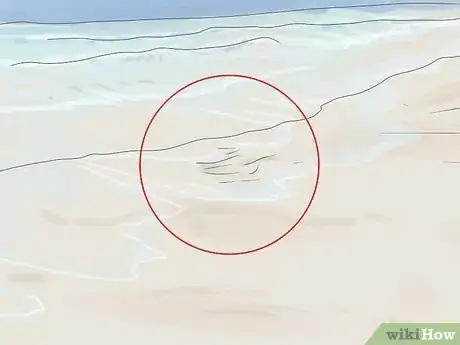
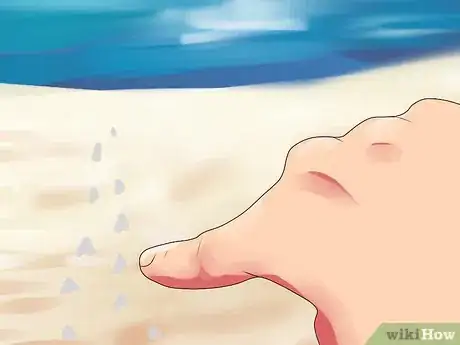
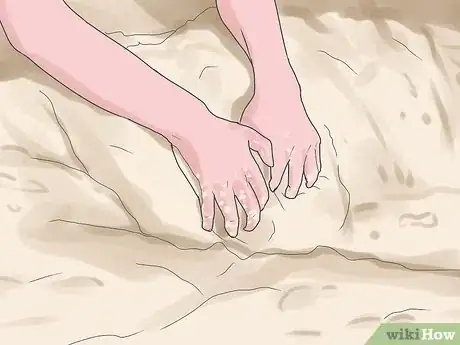


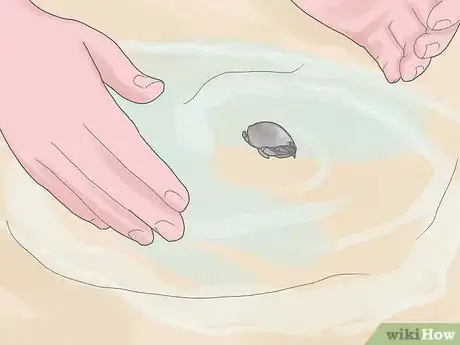
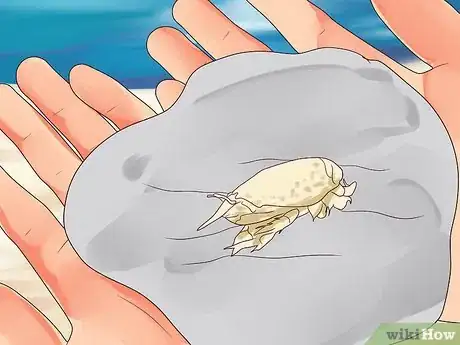


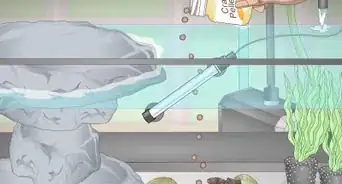
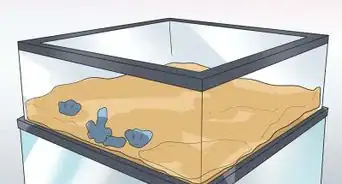
-Step-14.webp)
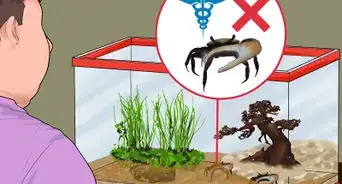


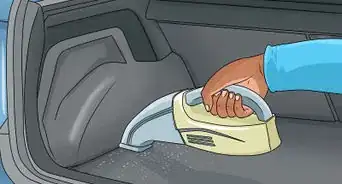



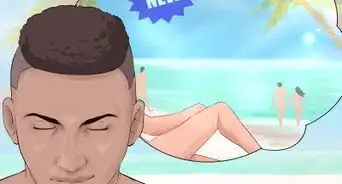










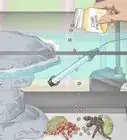

-Step-14.webp)
